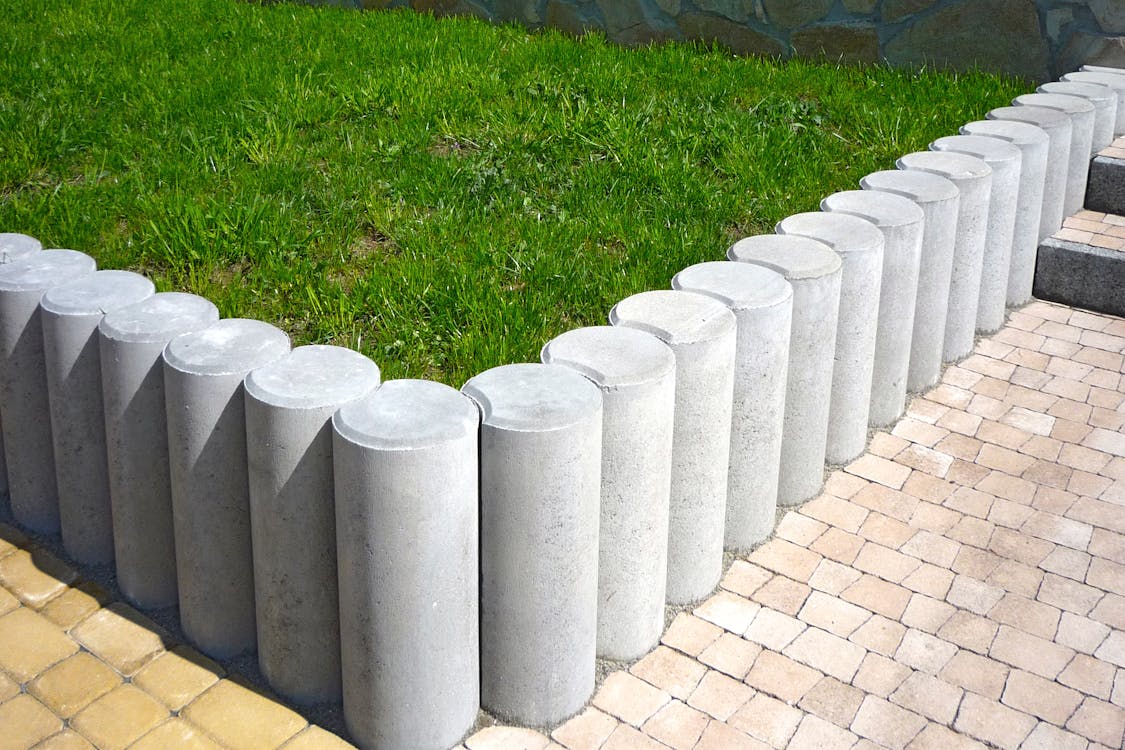Eco-Friendly Landscaping: How to Recycle Soil and Other Materials
Eco-Friendly Landscaping: How to Recycle Soil and Other Materials
Blog Article

Reassessing the Landscape: Why Recycling in Landscaping Matters More Than Ever
Sustainable living does not stop at recyclable bags and photovoltaic panels-- it prolongs right into our yards. Landscape design is undergoing a peaceful transformation, where environmental awareness and imagination are improving how we make exterior spaces. Among the most exciting shifts in this advancement is the expanding focus on recycling products like dirt, compost, and also hardscape elements. Whether you're collaborating with sprawling acreage or a modest yard patch, your green thumb can currently do double duty-- nurturing plants while maintaining the world.
Environment-friendly landscaping isn't just about planting indigenous species and saving water. It's also concerning reconsidering waste. Dirt, for instance, is often treated as disposable throughout large garden renovations or when dealing with building and construction particles. Yet that abundant, natural resource can typically be repurposed-- and doing so can cut down costs, reduce landfill contributions, and produce healthier, much more lasting backyards.
Exploring Soil Recycling: Turning "Used" Dirt into Garden Gold
Dirt recycling begins by comprehending what you're collaborating with. If the dirt has been formerly utilized in growing beds or building and construction, it might be compressed or depleted of nutrients. But this doesn't mean it's useless-- it merely requires recovery.
Start by screening your soil. Getting rid of particles like rocks, roots, and garbage offers you a clean base. If it's clay-heavy or excessively sandy, mixing it with garden compost or raw material enhances appearance and nutrient content. This is where a reliable provider of landscape supplies in Windsor residents depend on can make a distinction, using garden compost, topsoil blends, and soil conditioners that invigorate weary dust.
Recycled dirt is best for increased beds, blossom beds, and even new lawn installations. By picking to deal with what you already have, you're reducing transport discharges and lowering the requirement for newly extracted planet. It's a subtle shift, however when increased throughout communities, its environmental effect is substantial.
Recovering the Beauty in Hardscape: Giving Old Materials New Purpose
Next time you destroy a patio area or dig up a garden border, don't be so fast to toss those damaged pavers or cracked bricks. Hardscape products like rock, concrete, and brick are extremely long lasting-- and very recyclable. They can end up being rustic edging, captivating tipping rocks, or the foundation of a new pathway.
And then there are decorative rocks. These elements do not break-- they simply obtain transferred. Salvaging river rocks, pea gravel, or smashed granite from old installations and rearranging them artistically conserves cash and protects against the demand for even more quarrying. It's the sort of circular economy that doesn't simply benefit your backyard-- it benefits environments at large.
Think about this as an opportunity to infuse your landscape with character. Recycled components commonly bring an aging of time, a sense of story. What was once a part of someone else's patio could currently be a conversation-starting focal point in your drought-tolerant rock yard.
Mulch, Wood, and Green Waste: Composting and Reusing with Intention
Timber chips, leaves, and yard trimmings are usually scooped and transported off, only to end up in municipal waste. Yet these materials are the excellent foundation for mulch or compost. Rather than acquire new every season, several gardeners now develop their own mulch from shredded branches or autumn leaves.
Home made compost not only suppresses weeds and retains soil dampness yet additionally gradually breaks down to nurture the dirt. Gradually, this builds a healthy expanding setting that's even more sustainable than artificial fertilizers or imported modifications.
If you're broadening into composting, eco-friendly waste like veggie scraps, yard clippings, and coffee grounds can feed your dirt. This composting culture isn't just green-- it's encouraging. It places control in your hands and changes everyday waste into horticulture prize.
Creative Reuse in Outdoor Projects: Where Sustainability Meets Style
Environmentally friendly landscaping is as much about design as it has to do with products. Elevated beds made from salvaged wood, garden seating produced from remaining rock, or preserving wall surfaces constructed with recovered bricks prove that sustainability and beauty are not equally exclusive. They're companions in modern landscape style.
A lot webpage more house owners are sourcing their materials locally via relied on Landscape Supply in Greeley, CO carriers that understand the worth of both brand-new and recycled sources. It's concerning finding providers that use quality, sturdiness, and a commitment to environmentally responsible techniques. Whether you're filling out a blossom bed or revamping an entire yard, local sourcing decreases exhausts and supports regional economic climates.
There's also an expanding area of DIY landscapers and professionals sharing concepts for repurposing materials online and through area networks. You may find that your neighbor's thrown out lumbers are specifically what you need for a brand-new garden bench-- or that the pile of debris you thought was waste is really the structure for your next preserving wall.
Landscape design for the Future: Small Steps, Big Impact
The course to an extra sustainable landscape starts with straightforward options. Reuse dirt rather than unloading it. Repurpose hardscape materials rather than purchasing new. Garden compost your cuttings as opposed to landing them for land fill pick-up. These aren't huge modifications-- they're conscious shifts. But their effect reverberates.
By welcoming recycled materials and smarter sourcing, you're not just gardening-- you're part of an activity. A motion towards less waste, even more imagination, and deeper link with the land under your feet.
So the following time you're preparing your lawn or updating a garden feature, reconsider prior to discarding what appears unusable. There's beauty in the recycled, stamina in the repurposed, and purpose in every sustainable selection you make.
Remain tuned for more pointers and fresh landscaping ideas that aid you expand greener, smarter, and more motivated with every season. Keep complying with along-- and let's keep creating a cleaner, more mindful outside world together.
Report this page